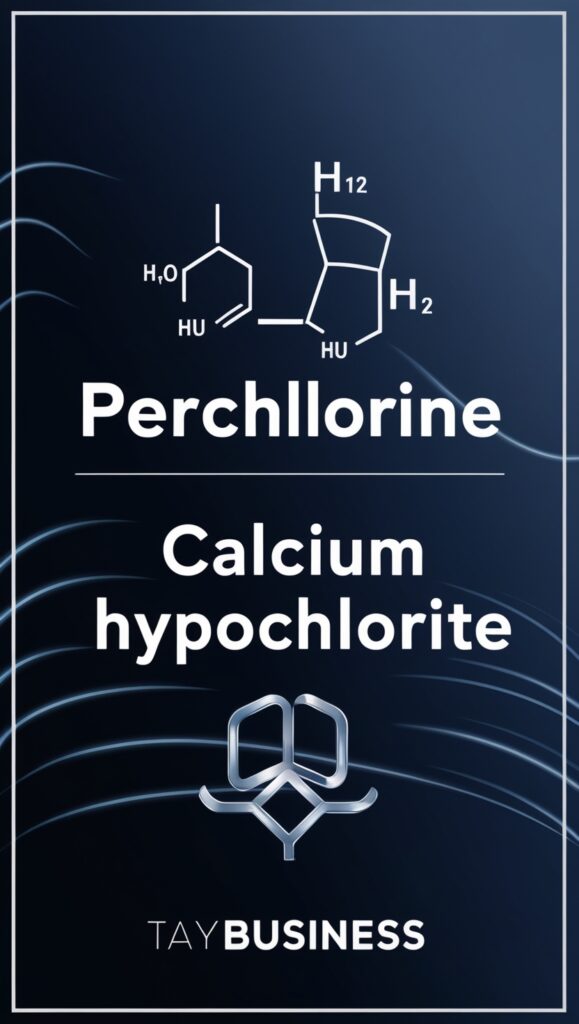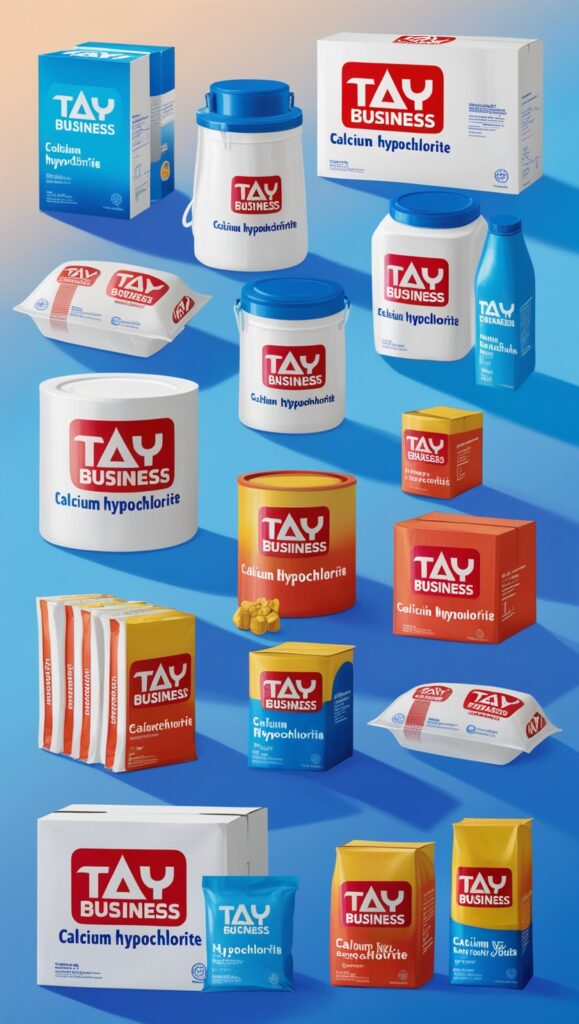Calcium Hypochlorite: Uses and Applications
Calcium Hypochlorite: Uses and Applications
Calcium hypochlorite, commonly known as calcium oxychloride or bleaching powder, is a chemical compound with the formula Ca(ClO)_2. This white solid is the main active ingredient of commercial products called bleaching powder, chlorine powder, or chlorinated lime, used for water treatment and as a bleaching agent. As a highly effective disinfectant and sanitizer, calcium hypochlorite plays an essential role in maintaining hygiene and sanitation across various sectors.
Chemical Properties and Production
Calcium hypochlorite is typically produced by the reaction of lime (calcium oxide) with chlorine gas, following the chemical reaction:
2Ca(OH)2+2Cl2→Ca(OCl)2+CaCl2+2H2O2Ca(OH)2+2Cl2→Ca(OCl)2+CaCl2+2H2O
In this reaction, calcium hydroxide and chlorine react to form calcium hypochlorite and calcium chloride as byproducts. The end product is a granular form of calcium hypochlorite that contains a high percentage of active chlorine, usually around 65-70%.
Calcium hypochlorite is a solid, stable compound, which makes it an attractive option for water treatment, as it provides a high level of available chlorine, effective for prolonged periods compared to liquid bleach solutions such as sodium hypochlorite.

Uses of Calcium Hypochlorite
1. Water Treatment
The most common and significant use of calcium hypochlorite is in water treatment, particularly in municipal and residential water systems. Its primary role is to disinfect water supplies, ensuring the elimination of pathogens that can cause diseases like cholera, typhoid, and dysentery. Here’s how calcium hypochlorite is used in different water treatment applications:
Drinking Water Treatment: Calcium hypochlorite is utilized to purify drinking water at treatment facilities. It effectively destroys bacteria, viruses, and algae, providing safe and potable water. It’s also used in emergency situations and for small-scale purification to ensure safe drinking water where infrastructure may be damaged or unavailable.
Swimming Pools: It is a popular pool sanitizer due to its effectiveness in maintaining clear and safe water. Calcium hypochlorite is favored for its ability to stabilize pH levels and continue releasing chlorine over time as it dissolves gradually, preventing the rapid depletion of chlorine and maintaining sanitation over longer periods.
Wastewater Treatment: In wastewater treatment facilities, calcium hypochlorite serves to both disinfect and help in the oxidation of water impurities. This application aids in ensuring that the treated effluent meets the required regulatory standards for discharge into the environment.
2. Sanitizing and Disinfection
Beyond water treatment, calcium hypochlorite is widely used as a disinfectant in various settings:
Public Health and Hygiene: It is employed in hospitals, schools, and other public facilities to disinfect surfaces and equipment. Its ability to kill a broad spectrum of microorganisms makes it ideal for controlling outbreaks of infectious diseases.
Food and Beverage Industry: Calcium hypochlorite is used for sanitizing food processing equipment, utensils, and surfaces in contact with food products. It prevents microbial contamination and ensures that hygiene standards are met in food production and preparation areas.
Agriculture and Aquaculture: It is used to sanitize livestock facilities and aquaculture setups, preventing disease outbreaks and ensuring the health and productivity of livestock and aquatic animals.
3. Bleaching Agent
In addition to its disinfecting properties, calcium hypochlorite is also a potent bleaching agent. It is used in the textile and paper industries for bleaching fabrics and pulp. The reactive nature of calcium hypochlorite makes it effective at breaking down colored compounds, thus achieving the desired whiteness and brightness in these industries.
4. Odor Control
Calcium hypochlorite is employed to control odors in industrial processes and municipal wastewater treatment facilities. The chemical works by oxidizing sulfur compounds and other odor-causing agents, converting them into inert substances that do not emit unpleasant smells.

Advantages and Safety Considerations
Advantages
Effectiveness: Calcium hypochlorite is highly effective at killing a broad range of pathogens, including bacteria, viruses, and fungi.
Stability: Unlike liquid bleach, calcium hypochlorite is stable and can be stored for extended periods without losing its potency.
Convenience: Available in granule or tablet form, it is easy to handle, measure, and apply.
Safety Considerations
While calcium hypochlorite is a powerful and versatile chemical, it must be handled with care to ensure safety:
Corrosive Nature: The compound can be corrosive to skin and eyes, necessitating appropriate protective equipment during handling and application, such as gloves and goggles.
Reactive with Other Chemicals: It should not be mixed with ammonia-containing substances or acids, as this can produce hazardous gases such as chlorine gas.
Storage Requirements: Calcium hypochlorite should be stored in a cool, dry place away from organic materials and metals to prevent decomposition and potential fires.
In conclusion, calcium hypochlorite is a critical chemical in the realms of water treatment, sanitation, and bleaching. Its efficacy and stability ensure its continued use across various industries, helping to protect public health and maintain environmental safety. Nonetheless, the safe handling and precise application of calcium hypochlorite are paramount in maximizing its benefits while minimizing associated risks.
